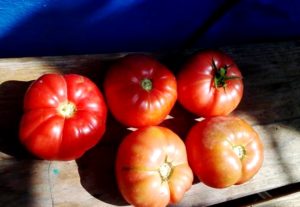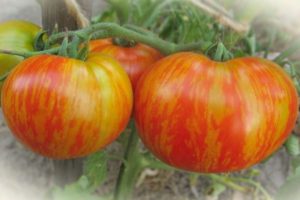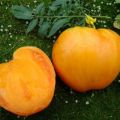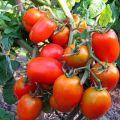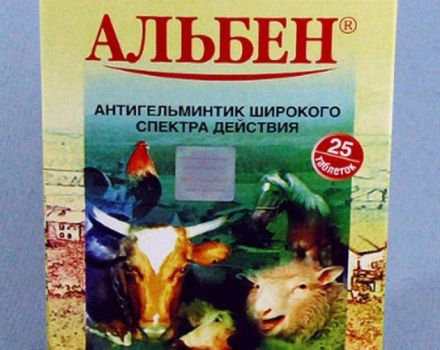Description of the honey tomato variety, and its yield
Experiments with varieties of tomatoes grown in their summer cottage are performed by every vegetable grower almost every year. It is considered a great success to find a variety that has excellent taste, is unpretentious in maintenance and boasts a rich harvest, for example, the Honey tomato. All of these positive characteristics are reflected in the Honey Taste tomatoes, which give surprisingly juicy and tasty fruits without a drop of acidity. To grow such tomatoes is within the power of every summer resident.
Description of the variety
Honey is a mid-ripening indeterminate, very productive and unpretentious variety, the ripening time of the fruits of which ranges between 111 and 115 days. Provided that it is grown in a greenhouse, it may well be cultivated in Central Russia. If this is not possible, and the tomatoes are to be planted in open ground, it is better to do this in the southern regions.
The height of the plant can be quite large (from 1.1 to 1.4 m), so there is a need for tying and pinching. The inflorescence is simple. Tomato leaf is large in size and rich dark green color. The best results were recorded in the experimental cultivation of honey tomato in two stalks: for this, a lateral shoot was left, which continued to grow under the first brush.
The yield is good. With proper care, one square meter can yield up to 15 kilograms of fruit. This is a very good indicator.
An important feature of the variety is resistance to manifestations of various diseases. Tomatoes of the Honey variety become a real decoration of the greenhouse - this image is created due to the height and rich color of the bush.
Fruit characteristics
This tomato is characterized by unpretentiousness to the conditions in which it is grown. If all the few requirements are met, as a result, the grower can enjoy the size, color and quality of the fruit.
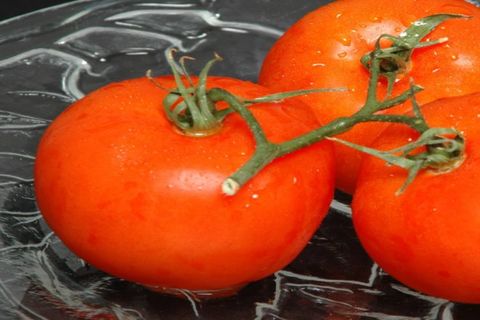
The shape of the tomatoes is slightly flattened, and the color at varietal maturity ranges from pink to bright pink. Their sizes, as a rule, are quite large. The average weight of a tomato reaches 0.35 - 0.4 kg. In the case of extremely favorable climatic conditions, competent care and the use of a high-quality substrate, you can get fruits, the weight of which will be close to 0.45 - 0.5 kg.
The tomato pulp is quite sweet, it is characterized by a pleasant aftertaste. This is a great option for making sauces, tomato paste, juice, canning (cut or processed).
Honey - a great tomato for fresh consumption: tomato goes well with all types of vegetables in salads.
Due to the fact that the tomato pulp is sweet, and the number and size of seeds are at a low level, you can use tomatoes:
- as part of salads with vegetable oil, vinegar, sour cream and other vegetables;
- for making fresh tomato juice, which is rich in the maximum amount of useful microelements;
- for the implementation of the preservation of vegetables.

The Honey tomato variety has fruits with 5 or 6 chambers and a dry matter content of up to 5 percent. It tolerates long-distance transportation and long-term storage very well. If you pick these tomatoes a little unripe, the tomatoes will ripen perfectly indoors.
Origin
The homeland of the honey variety is Russia. It is here, in Siberia, that these wonderful tomatoes were bred. Adapted to the conditions of the Russian climate, Honey tomatoes perfectly tolerate both extreme heat and moderate cold. A distinctive feature of the variety is frost resistance. This is done so that every housewife grows this variety of tomatoes.
Designed for harsh conditions, this tomato variety passed state registration in 2004. Since then, these tomatoes have been used not only in private greenhouses, but also in farms. Growing Honey is also possible for the purpose of selling.
Pros and cons of the variety
Tomatoes of the described variety have a number of undeniable advantages:
- the ability to grow in a harsh climate, characterized by a sharp change in temperature, a strong decrease in indicators, but subject to appropriate care;
- excellent resistance to diseases and pests;
- good transport tolerance;
- the possibility of ripening when harvesting unripe;
- high productivity.
The characteristic and description of the variety does not contain an indication of the obvious disadvantages of these tomatoes. With so many advantages, there is still one drawback. We are talking about increased fragility of the branches. This is a signal that the handling of tomatoes should be as careful as possible.
Growing features
Since the main advantage of tomatoes is unpretentiousness in care, the variety does not impose special requirements for care. However, there are some nuances to consider when growing:
- the need to install props, without which the bush will not be able to grow and will simply break;
- compulsory pinching and shaping;
- the need to plant seedlings;
- introduction of potash fertilizers and compositions with phosphorus content.
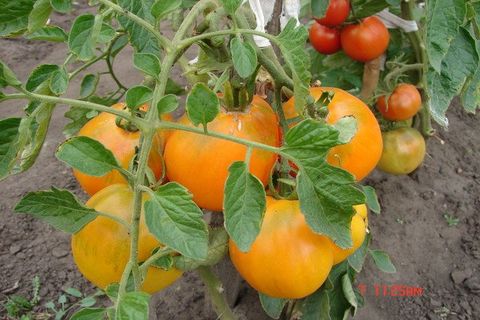
In the later stages of cultivation, it is recommended to feed the plants with complex fertilizers.
Fighting disease
The description of the variety contains information about the high resistance of the tomato to pests and diseases. Tomato practically does not suffer from fungus, even if the air humidity is increased. Most of the deviations in the development of tomatoes are associated with mistakes made in the process of caring for the bush by those who planted it: improper watering, violation of the ventilation and illumination regime.
The only thing to be afraid of vegetable growers involved in the cultivation of tomatoes of the Honey variety is some types of pests:
- thrips;
- aphid;
- sawfly;
- white woman;
- nightshade miner.
Insecticidal preparations are well suited to combat “offenders”. Particularly good reviews can be obtained on products with the names "Bison" and "Lepidocide". Modern remedies can only be used before the start of fruiting.
